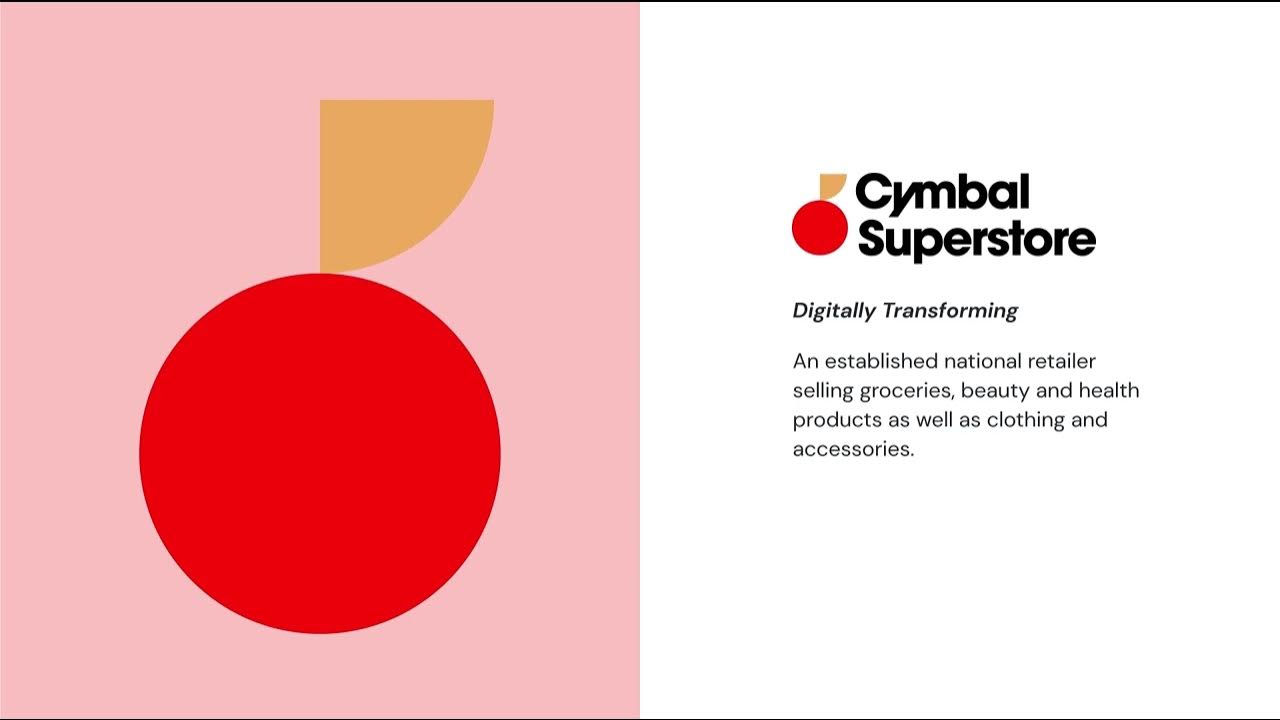Construye tu chatbot con Dialogflow (Hablemos en Cloud)
Summary
TLDRIn this video, Yolanda Azcunaga, a Customer Engineer at Google Cloud, introduces Dialogflow, a tool for creating conversational agents. She demonstrates how to build a simple chatbot that can handle tasks like restaurant reservations, utilizing features such as natural language processing, pre-configured agents, and easy integrations with external systems. Dialogflow's capabilities allow users to quickly create efficient bots, with powerful functionalities like intent management, entity extraction, and analytics. With the ability to deploy across multiple platforms, Dialogflow makes it simple to create customized chatbots for various use cases.
Takeaways
- 😀 Dialogflow is a tool by Google Cloud that enables building conversational assistants for both voice and text interactions.
- 😀 It simplifies the creation of natural and rich conversational interfaces by leveraging Google’s advanced natural language processing (NLP) capabilities.
- 😀 Dialogflow allows users to quickly implement chatbots with minimal training examples, using pre-configured agent templates to speed up development.
- 😀 The platform offers over 40 pre-configured agent templates that can be customized to meet specific business needs, such as a support ticket bot.
- 😀 Integrations with external systems (e.g., reservation systems, CRM) are possible, enabling dynamic responses like making restaurant reservations based on real-time availability.
- 😀 Google Cloud Functions provide serverless computing, allowing you to execute complex code without managing servers, and integrate with other systems.
- 😀 Dialogflow offers built-in analytics to monitor chatbot performance, identify areas for improvement, and enhance user interactions over time.
- 😀 With over 14 platform integrations (e.g., Twilio, Facebook, Google Home) and multi-language support (over 14 languages), Dialogflow enables easy deployment to various channels.
- 😀 Core concepts in building a chatbot include Intents (the goals of the conversation), Entities (extracting key information from user inputs), and Contexts (ensuring a smooth, natural flow of conversation).
- 😀 The conversation design process involves training the chatbot with intents, defining entities for specific data extraction, and using contexts to maintain conversational continuity.
- 😀 Dialogflow allows easy testing and refining of your chatbot within the console, enabling real-time interaction with the assistant, and confirming processes like reservations.
Q & A
What is Dialogflow and what does it help users create?
-Dialogflow is a Google Cloud tool that allows users to create virtual assistants, both voice and text-based. It helps in building natural and rich conversational interfaces with minimal effort.
What are the key features of Dialogflow?
-Dialogflow offers several key features including quick implementation with minimal example interactions, pre-configured agents for easy customization, natural language understanding, integrations with various channels, and tools for analytics and monitoring to improve the virtual assistant.
How does Dialogflow help in integrating a chatbot with external systems?
-Dialogflow allows integrations with external systems through endpoints or Cloud Functions, enabling real-time connections, such as checking availability for restaurant reservations or syncing with a CRM.
What is Cloud Functions and how does it relate to Dialogflow?
-Cloud Functions is a serverless computing service from Google Cloud that allows you to run code without managing servers. In Dialogflow, it is used to handle more complex responses by integrating with external systems such as a CRM or a reservation system.
How does Dialogflow enable multi-channel support for a chatbot?
-Dialogflow allows you to develop a chatbot once and deploy it across multiple platforms via API or through one of its 14 single-click integrations, such as Twilio, Facebook, Google Home, and others.
What are intents in Dialogflow, and how are they used?
-Intents in Dialogflow represent the goals or actions a chatbot aims to achieve, such as booking a table or providing menu information. They are linked to example phrases that users might say, helping the chatbot understand what action to take.
What role do entities play in Dialogflow?
-Entities in Dialogflow are used to extract important information from user interactions, such as dates or restaurant names. They help the chatbot understand specific details needed to process a request.
How does Dialogflow handle context in a conversation?
-Context in Dialogflow allows for a more natural flow in conversations by passing information between different intents. This prevents the chatbot from asking repetitive questions and helps it retain relevant details, like a user's previous responses.
What are the steps involved in creating a chatbot in Dialogflow?
-To create a chatbot in Dialogflow, you first define intents (goals of the conversation), add training phrases, create entities for extracting user information, set up fulfillment for executing actions, and test the chatbot. Integration options allow you to deploy the bot across different platforms.
How can you monitor and improve a chatbot built with Dialogflow?
-Dialogflow provides built-in analytics tools to track user interactions, identify which intents are being triggered, and monitor conversation flow. This data can be used to retrain the chatbot, add new intents, and improve the overall experience.
Outlines

此内容仅限付费用户访问。 请升级后访问。
立即升级Mindmap

此内容仅限付费用户访问。 请升级后访问。
立即升级Keywords

此内容仅限付费用户访问。 请升级后访问。
立即升级Highlights

此内容仅限付费用户访问。 请升级后访问。
立即升级Transcripts

此内容仅限付费用户访问。 请升级后访问。
立即升级5.0 / 5 (0 votes)






